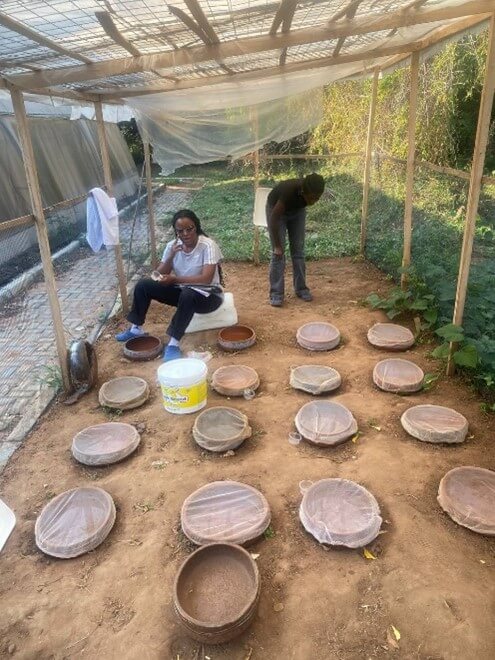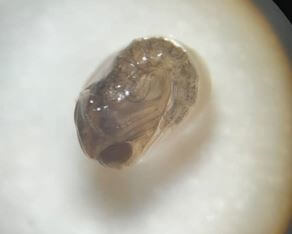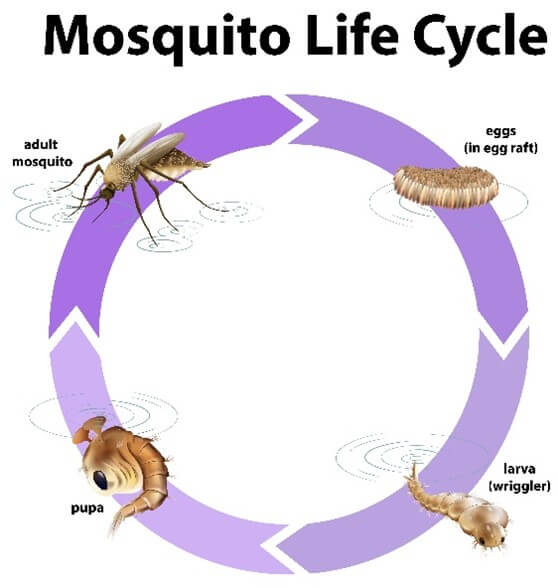Comprendre le moustique : L’étude du mésocosme de Target Malaria Ghana

Lorsque la plupart des gens entendent parler de la recherche sur les moustiques, ils la considèrent comme fascinante. Aujourd’hui, je souhaite me pencher sur une étude innovante menée par Target Malaria Ghana, qui vise à faire la lumière sur l’un des problèmes de santé publique les plus urgents en Afrique, à savoir la transmission du paludisme. Si vous vous demandez comment les scientifiques percent les secrets de ces créatures minuscules mais puissantes, vous allez trouver la réponse à votre question.
La magie du mésocosme
Target Malaria Ghana mène une étude sur le mésocosme dans ses laboratoires – le Centre de recherche sur l’écologie des moustiques – situé dans le département de biologie animale et de conservation de l’université du Ghana, à Legon. Une étude du mésocosme peut être comparée à un monde où les scientifiques créent un écosystème miniature – un espace extérieur qui simule l’environnement naturel des moustiques. C’est précisément dans ce cas que les chercheurs contrôlent et observent les populations de moustiques dans diverses conditions, sans l’imprévisibilité d’un environnement naturel ou la rigidité d’un laboratoire.

Un mésocosme
Pourquoi les moustiques ?
Au Ghana et dans de nombreuses régions du monde, les moustiques sont plus qu’une simple nuisance : ce sont des vecteurs de maladies telles que le zika, le virus du Nil occidental, le chikungunya, la dengue et le paludisme. Ensemble, les maladies transmises par les moustiques font plus de 700 000 victimes chaque année dans le monde. Le paludisme à lui seul tue plus de 600 000 personnes, principalement en Afrique (Rapport mondial sur le paludisme 2023). Target Malaria Ghana s’intéresse particulièrement à l’étude du type Anopheles gambiae, principal responsable de la transmission du paludisme en Afrique de l’Ouest.
L’étude en un coup d’œil
Dans cette étude en mésocosme, les scientifiques du Centre de recherche sur l’écologie des moustiques étudient comment la population d’Anopheles gambiae est régulée par des mesures telles que la manipulation de la densité, la surveillance quotidienne et l’observation du passage à l’âge adulte. Pour manipuler la densité, les scientifiques font varier le nombre de larves dans leurs mésocosmes (de 25 à 400). Ils peuvent ainsi observer comment différentes densités de population affectent la survie et le développement des moustiques. Chaque jour, ils observent les taux de mortalité des larves et des nymphes, le temps nécessaire au développement des larves et le pourcentage de moustiques qui ne survivent pas jusqu’au stade de la nymphe.

Image d’une nymphe d’Anopheles gambiae
Une fois que les larves sont devenues des nymphes puis des moustiques adultes, elles sont transférées en laboratoire. Les scientifiques y étudient leur taux d’émergence, leur taille et leur mortalité afin de comprendre les effets à long terme de leurs conditions de vie initiales.
À mesure que la population de moustiques augmente, la compétition pour les ressources telles que la nourriture et l’espace commence. Cette compétition peut influencer leur croissance, leur survie et leur santé générale. En comprenant cette dynamique, Target Malaria Ghana espère développer des protocoles efficaces pour l’élevage des moustiques et leur contrôle.

Le cycle de vie d’un moustique
Une vision plus large
Cette étude n’est pas une simple expérience scientifique isolée, elle fait partie d’un projet plus vaste. Target Malaria Ghana travaille à l’élaboration de protocoles d’élevage de moustiques génétiquement modifiés. Bien que Target Malaria Ghana n’étudie pas les moustiques génétiquement modifiés, l’objectif des études du mésocosme est de s’assurer que les moustiques génétiquement modifiés sont introduits dans la nature de manière efficace et durable.
Dans la lutte contre le paludisme, chaque information compte. L’étude du mésocosme réalisée par Target Malaria Ghana apporte des informations cruciales sur le cycle de vie de l’un des animaux les plus meurtriers au monde, celui qui tue le plus grand nombre de personnes dans le monde, principalement en Afrique. En apprenant davantage sur la façon dont les moustiques vivent, grandissent et meurent, les scientifiques se rapprochent d’un monde où le paludisme appartiendra au passé.
